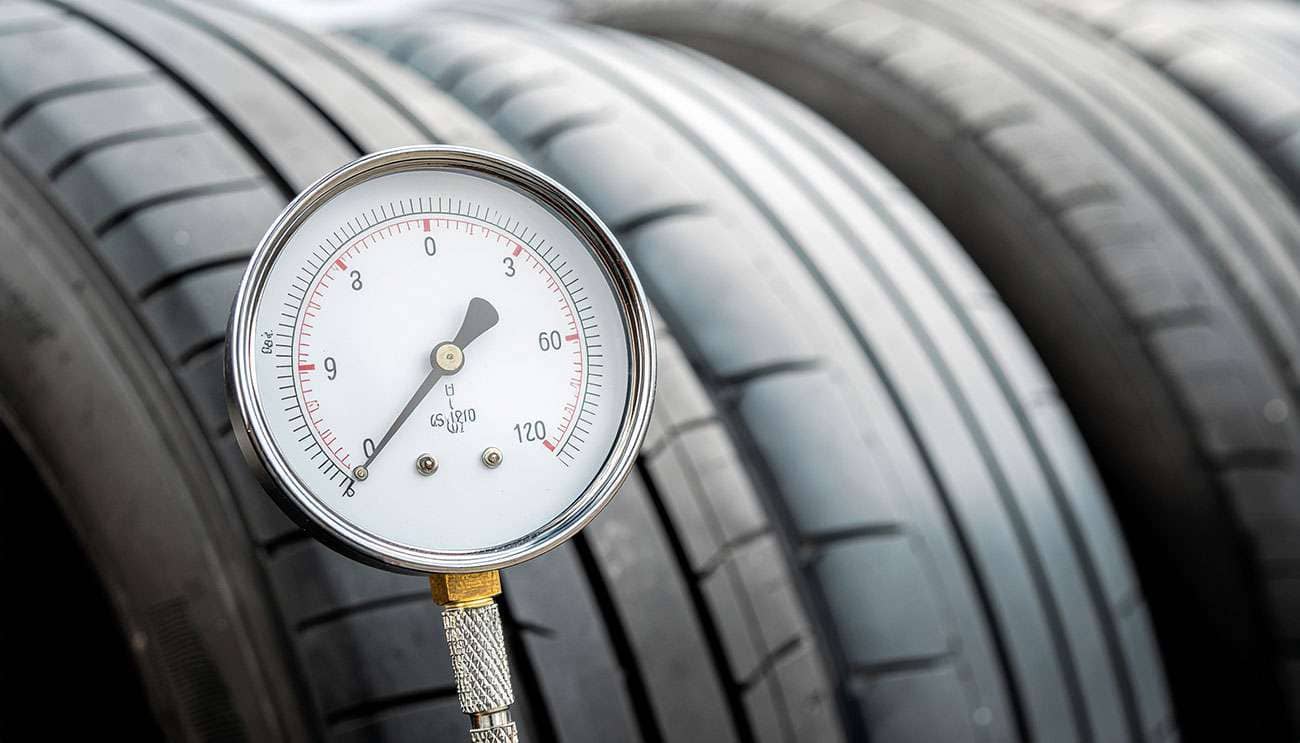When changing tire sizes, it's crucial to adjust tire pressure to maintain the same load-carrying capacity as your original equipment tires. Our Tire Pressure Calculator helps you determine the optimal PSI for your new tire size, ensuring proper vehicle performance, safety, and tire longevity.
Understanding Load Index
The load index is a numerical code that corresponds to the maximum weight a tire can carry at its maximum pressure. When changing tire sizes, the load index may change, requiring pressure adjustments to maintain the same load-carrying capacity.
Common Load Indices:
- 91 = 1,356 lbs
- 95 = 1,521 lbs
- 99 = 1,709 lbs
- 103 = 1,929 lbs
Pressure vs. Load Relationship
Tire pressure and load capacity are directly related. Higher pressures allow tires to carry more weight, while lower pressures reduce load capacity. This calculator ensures your new tires can safely support your vehicle's weight.
Key Factors:
- Tire construction (P-metric vs LT)
- Sidewall strength
- Maximum pressure rating
- Vehicle weight distribution
Safety Considerations
Proper tire pressure is critical for vehicle safety. Under-inflated tires can lead to blowouts, poor handling, and increased fuel consumption. Over-inflation reduces the contact patch and can cause premature center tread wear.
Warning Signs:
- Uneven tire wear patterns
- Reduced braking performance
- Poor fuel economy
- Harsh ride quality
Frequently Asked Questions
Why do I need to adjust pressure when changing tire sizes?
Different tire sizes have different load ratings and construction characteristics. To maintain the same load-carrying capacity as your original equipment, you may need to adjust the pressure in your new tires. This ensures safety and proper vehicle performance.
What's the difference between P-metric and LT tires?
P-metric tires are designed for passenger cars and have different load/pressure relationships than LT (Light Truck) tires. LT tires generally require higher pressures to achieve the same load capacity as P-metric tires of similar size.
Can I use a lower pressure than recommended?
Using pressure below the calculated recommendation can reduce your tire's load-carrying capacity and may lead to tire failure. Always use the recommended pressure or higher (within the tire's maximum rating) for safety.
How often should I check tire pressure?
Check tire pressure at least once a month and before long trips. Tire pressure naturally decreases over time and changes with temperature. Check when tires are cold for the most accurate reading.
What if my new tires have a higher load index?
If your new tires have a higher load index than your original equipment, you may be able to run slightly lower pressure while still maintaining adequate load capacity. However, never go below the vehicle manufacturer's minimum recommendation.
Do I need to reprogram my TPMS system?
If you significantly change tire pressure from the original specifications, you may need to reset or reprogram your Tire Pressure Monitoring System (TPMS). Consult your vehicle manual or a professional for guidance.
